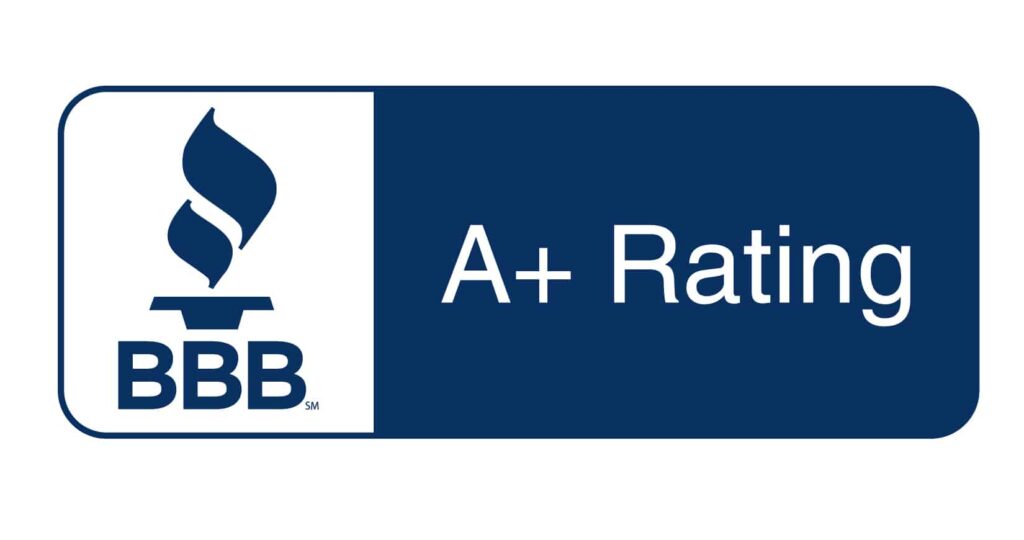Regular roof inspections are an essential part of maintaining your commercial building and ensuring long-term performance. Without a solid roof inspection service, minor issues can go unnoticed, leading to more expensive problems over time.
But how often should you schedule these inspections, and what exactly should they cover?
In this roofing inspection guide, we’ll explore how frequently you should inspect your roof, what factors affect that timing, and the importance of regular maintenance.
Recommended Inspection Frequency
For commercial buildings, roof inspection frequency is key to maintaining the longevity and performance of your roof.
Ideally, a thorough roof inspection should be conducted at least twice a year—once in the spring and again in the fall. This routine helps spot any potential issues before they become bigger problems.
For older roofs or those exposed to harsh climates, more frequent inspections (about 3-4 times per year) are recommended.
It’s also essential to check your roof after any severe weather event, like hail storms or heavy snowfall, to ensure your roof coverings are intact and no immediate roof maintenance is needed. This proactive approach helps avoid costly repairs down the line.
Protect your commercial building with Impact Roofing expert commercial roofing services
Factors Affecting Inspection Frequency
When determining how often to schedule roof inspections, several factors come into play. These include:
- Age of the roof: Older roofs need more frequent inspections due to increased wear over time. As materials age, they become less effective at protecting against leaks and other damage. Regular inspections help catch these issues early, prolonging the life of the roof.
- Type of roofing material: Some materials, like single-ply membranes, require more regular checks. These materials may be more vulnerable to certain weather conditions or wear. Frequent inspections help ensure the roofing system remains intact.
- Climate and weather conditions: Extreme temperatures, high winds, and harsh weather can accelerate wear on your roof. Regular inspections after severe weather events help identify any damage. Keeping an eye on these factors helps prevent long-term issues.
- Foot traffic on the roof: More traffic on your roof increases the likelihood of damage. Areas frequently accessed for maintenance can develop issues, such as cracks or punctures. Regular inspections help catch these problems before they worsen.
- Presence of rooftop equipment: HVAC units and other rooftop equipment can contribute to roof damage. Vibration, movement, and installation flaws may cause wear around these areas. Inspections help ensure the equipment doesn’t affect the roof’s integrity.
Benefits of Regular Inspection
Regular roof inspections offer several benefits that go beyond simply checking for visible damage. They help ensure that your roof remains in top condition, preventing unexpected issues and saving you money in the long run.
Below are some key advantages of scheduling routine inspections.
- Catch Small Problems Early: Inspections help identify minor issues before they escalate. Addressing them early can prevent costly repairs down the line.
- Extend Roof Lifespan: Regular maintenance prolongs the life of your roof, keeping it functional for years to come.
- Save on Repairs: Routine inspections reduce the likelihood of expensive repairs or full replacements by catching problems early.
- Maintain Warranty Compliance: Many warranties require regular inspections to remain valid. Staying compliant can save you from out-of-pocket expenses.
- Boost Energy Efficiency: A well-maintained roof improves insulation, helping your building stay energy efficient year-round.
Routine inspection services ensure your roof covering stays strong and your building well-protected.
READ MORE: Important Questions to Ask Your Roofing Service Inspector
What Inspections Should Include
Regular roof inspections are crucial to ensuring your roofing system remains in optimal condition. During an inspection, all critical components should be thoroughly checked to catch any potential issues early.
- Examination of Roofing Components: Every part of the roof should be examined for signs of wear or damage.
- Check for Ponding or Cracks: The roof surface should be inspected for any standing water, cracks, or blisters, as these can lead to larger problems.
- Inspect Flashing and Seams: Flashing, seams, and penetrations are critical areas that need close attention, as they are prone to leaks.
- Assess Drainage Systems: Gutters and drainage systems should be checked for blockages or damage to ensure proper water flow.
- Interior Leak Checks: The interior of the building should be inspected for any signs of water damage or leaks that may indicate a roof problem.
These elements are vital in every annual roof inspection to maintain the roof’s integrity and prolong its lifespan.
Maximize Roof Longevity with Professional Inspections
Routine inspections are key to minimizing roof inspection cost and ensuring the long-term health of your roof.
With professional roof inspection services, you can address potential problems early, saving on expensive repairs and improving energy efficiency. By maintaining a regular inspection schedule, you protect your roof and your investment, ensuring a durable and well-functioning roofing system.
Be proactive—schedule an inspection with reputable roofing contractors today!
At Impact Roofing, we provide a comprehensive roof inspection service to keep your property safe and secure. Our professional team ensures thorough inspections, offering expert solutions to any roofing concerns you may have.
Contact us today to schedule your own roof inspection!




